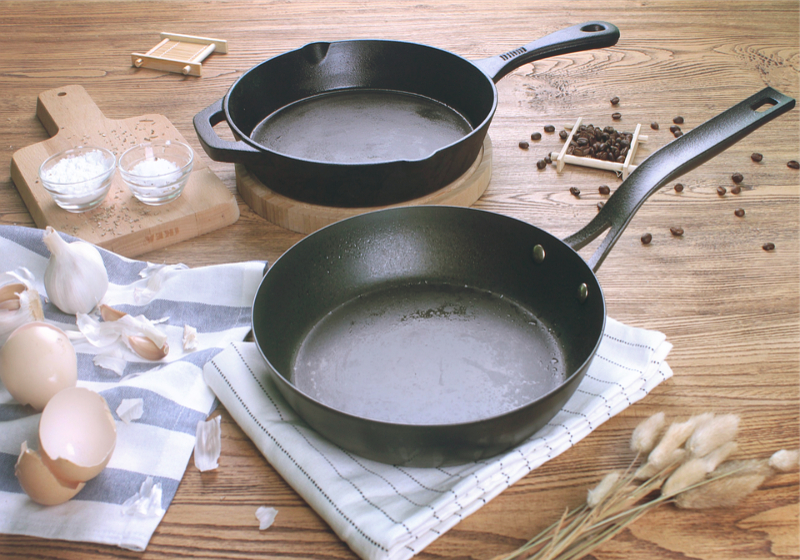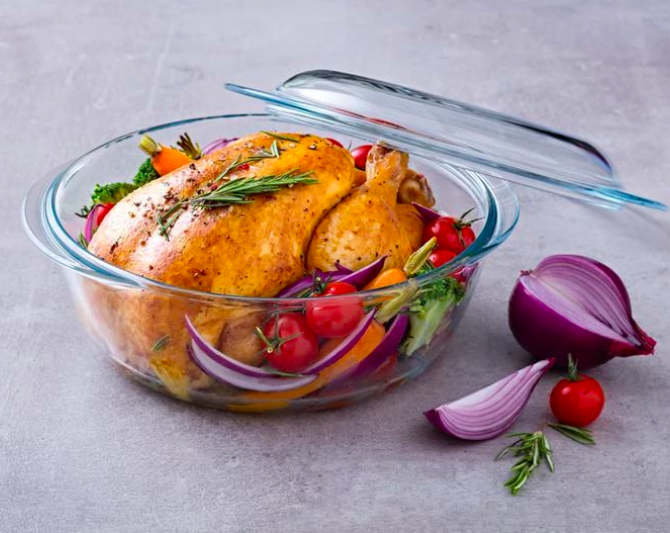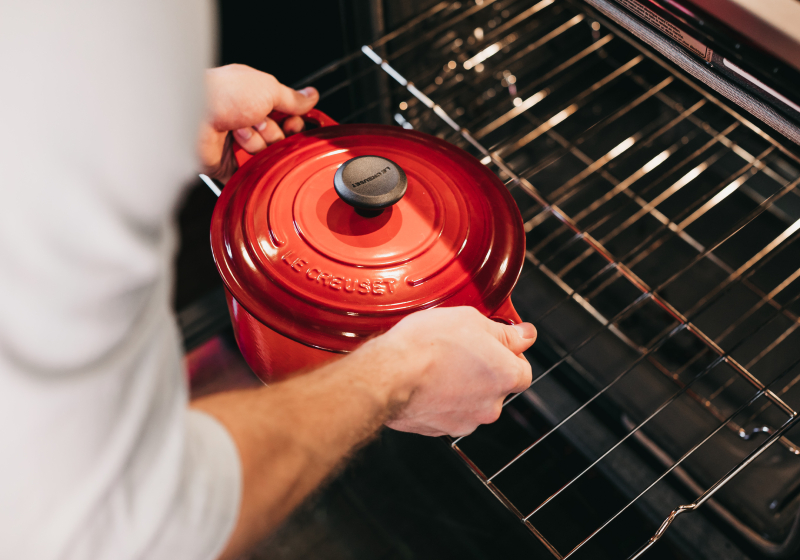Which material to use for your pots and pans?

When it comes to buying cookware, material choice is often a top consideration.
There are some materials that are better used for certain cooking methods or certain foods, while some require less maintenance and are easier during clean-up.
We list some of the more common cookware materials to see which you should get when you're shopping for pots and pans:
STAINLESS STEEL

Pros: This material makes for a great versatile pan as it is non-reactive, meaning you can cook any kinds of foods on it. They are also durable, so it's a good choice if you're looking for a longer-lasting cookware. The best ones are 18/10, which is the ratio of chromium to nickel content.
Chromium prevents it from being corrosive while nickel is what gives it its shiny quality. Stainless steel is also good for browning and high-heat searing.
Cons: Unfortunately, stainless steel is prone to staining so you will have to use a bit more elbow grease while cleaning out your cookware. It also has poor heat transfer and distribution, so it's usually bounded with other highly conductive materials such as copper or aluminium.
CAST IRON

Pros: One of the most durable materials for your pots and pans. It distributes heat evenly, retains heat well, and is naturally non-stick if seasoned properly. Great for stove to oven recipes.
Cons: Cast iron takes a long time to heat up and cool down as it is a poor conductor of heat. It is also heavy, crazy expensive (think Le Creuset) and reactive with acidic foods if not seasoned properly, a process which involves rubbing cast iron with oil, heating it up and cooling it down.
Regular seasoning is also necessary to prevent rust. Enamelled cast iron cookware, which comes with an additional enamel coating, doesn't require seasoning, but it does have a tendency to chip easily.
COPPER

Pros: Copper is one of the best materials for cooking food evenly as it has excellent thermal conductivity. It cools the moment you remove it from heat, giving you more control over your cooking.
Look out for good quality ones that are at least 1/6 inches to 1/8 inches thick. Copper is also a good choice for cooking foods with high sugar content like caramel.
Cons: This material is very reactive to acidic and alkaline foods unfortunately. The copper content can also leach into the foods, giving your dish a metallic taste or a colour change.
A lot of copper pots and pans sold today feature a layer of metal like stainless steel to prevent the leaching. Copper requires regular polishing to look pristine and they are delicate so you should store them properly. They are generally expensive and expensive to make, so are mostly reserved for specialty applications like candy making.
NON-STICK

Pros: You won't need to use a lot of oil if you're cooking with a non-stick. It's a good choice for low-fat foods and allows food to brown without them sticking to the pan. Ideal for preparing foods that tend to stick easily such as eggs and pancakes.
Cons: With a non-stick, it's best to avoid using metal utensils on it as they can scratch out the non-stick coating. Use silicone utensils on it instead.
Non-stick pots and pans are conventionally coated with PTFE, which according to research, can release toxic fumes in the air if overheated at temperatures above 300 deg C. However, it is generally safe if you keep to cooking in low and medium heats.
Newer non-stick versions in the market are coated with a material made out of ceramic polymer, which are purportedly healthier. But there is little to no scientific evidence regarding this. With non-stick, it is best to replace them every few years.
GLASS

Pros: Glass is incredibly non-reactive, so you can cook all sorts of food in it. It distributes heat evenly and and retains heat well.
Cons: It is a poor heat conductor when compared with metals. Avoid rapid temperature changes for glassware as that will cause it to shatter e.g. don't add cool liquids into a heated glass pot or pan, don't place a hot glassware immediately on a cooled surface. Inferior glassware will also break in overly high heats.
Because glass isn't magnetic, it cannot be used on an induction cooker.
ALUMINIUM

Pros: Aluminium is a great thermal conductor and is very lightweight, which makes it a good material choice for larger, heavier pots and pans.
Cons: It is very susceptible to scratches and can warp easily under high heat. It is also highly reactive to alkaline or acidic foods and cannot be used on an induction cooker unless they have a steel exterior. Aluminium can also leach into the foods, causing discolouration and a bitter taste.
To prevent this, it is often paired with other materials like stainless steel. There's also anodised aluminium in the market that is hardier and features a darker grey appearance. This material is made through an electro-chemical process to transform the surface of the aluminium ware to aluminium oxide. Anodised aluminium is durable, unlike pure aluminium, and is similarly lightweight.
CARBON STEEL

Pros: Carbon steel is durable, and can achieve high temperatures while conducting heat evenly. It is mainly used in skillets and woks and is great for stir-frying or searing meats.
Cons: Like cast iron, carbon steel needs to be seasoned or it will rust. If seasoned properly, it too will develop a non-stick like surface. It can be a little slow to heat and has the propensity to be reactive to acidic foods. It is also sometimes used as the core for enamelled pots and pans as enamel is non-reactive.
CLAYPOT

Pros: Due to its porous nature, it allows for moisture and heat to circulate slowly and evenly throughout while cooking. This helps to retain the natural flavours of food better. It also retains heat well, keeping foods hot for longer. A local favourite brand is Tanyu.
Cons: Like glass, you will want to avoid sudden temperatures which will cause your claypot to crack. There are glazed and unglazed ones.
While the former is more resistant to cracking and is easier to maintain, the latter needs to be seasoned before use and will also require to be submerged in water for about 10 mins before cooking to prevent your foods from drying out.
This article was first published in Renonation.